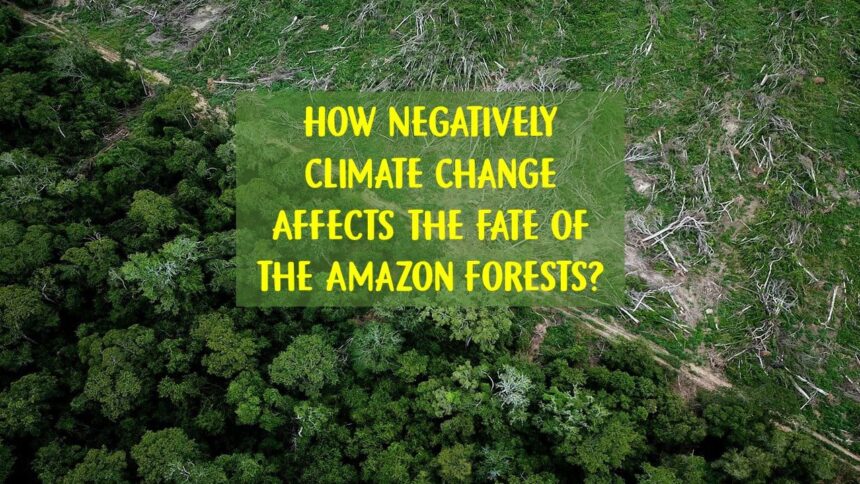According to the WWF check, the combination of mortal conditioning—similar to deforestation and logging—and climate change increases the drying effect of dead trees, which energizes timber fires. Not only is this killing the trees, but Climate Change negatively affects the fate of the Amazon forests.
◉ In the absence of effective measures, global warming and deforestation could convert 30 to 60% of the Amazon rain timber into dry forests, according to exploration carried out under the aegis of Brazil’s National Space Research Institute (INPE).
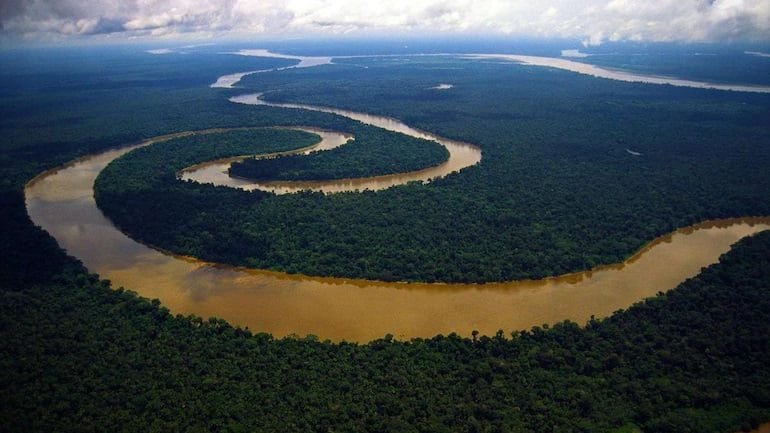
◉ The climate in northwestern South America, including the Amazon region, has formally changed over the last century. For illustration, the average yearly air temperature records have increased by 0.5 to –0.8 °C from 1990 to 2000.
⫸ Climate Change Affects the Fate of the Amazon Forests-
The rise in global temperature has ultimately resulted in Climate Change. This climate change affects the fate of the Amazon forests.
The Amazonian timbers act as an important Gomorrah for carbon dioxide (CO2), a gas emitted substantially from burning fossil energies coal, canvas, and natural gas, and the primary motorist of global climate change. Still, up to about 20 percent of CO2 emigrations stem from deforestation.
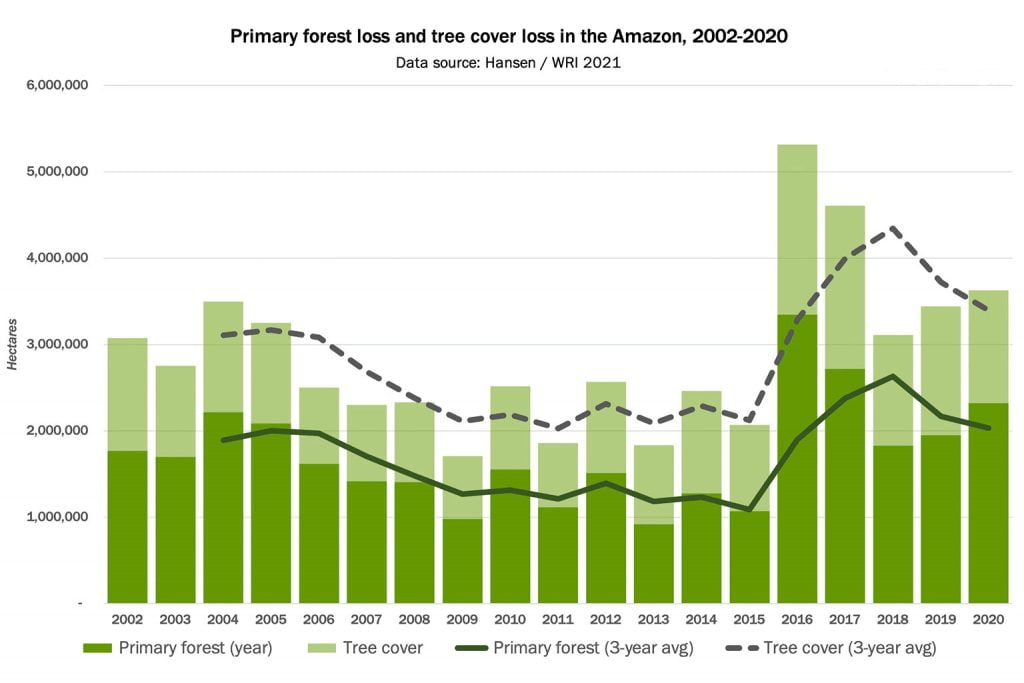
However, if its destruction continues, WWF says the Amazon rainforest could become a net source of CO2.
◉ WWF believes governments should shoot an important political signal about the need to cover the world’s biodiversity and climate. At COP8, countries of the Amazon receptacle must advertise quantitative commitments to reduce deforestation.
Climate Change and Species Loss?
- World biodiversity has declined steeply in past decades further than species, nearly a 1/3rd of those known to the peril of fading. Climate change and species loss are intertwined. Climate change will be responsible for 8 of these.
- Species are formerly impacted by anthropogenic climate change, and its rapid-fire onset limits numerous species’ capability to acclimate to their surroundings. Climate change presently affects at least one species on the IUCN Red List of Threatened Species, adding the liability of their extermination.
- The Bramble Cay melomys (Melomys rubicola) is the first mammal reported to have become extinct due to climate change. Preliminarily planted only on the islet of Bramble Cay in the Great Barrier Reef, its niche was destroyed by rising ocean conditions.
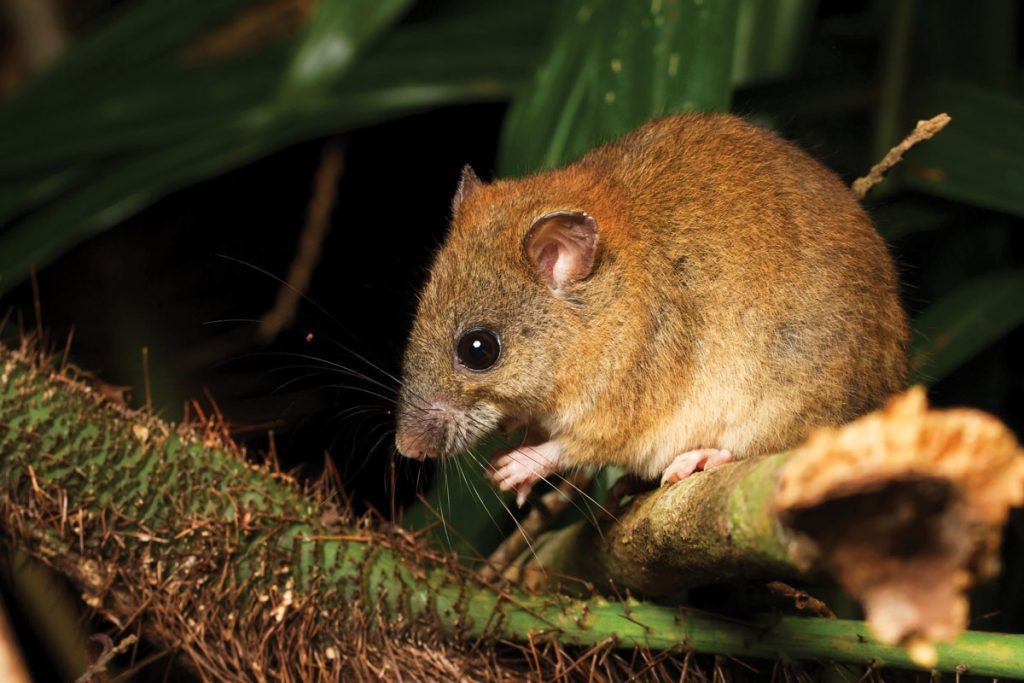
Corals form one of the most biodiverse ecosystems. Yet, they’re among the most fleetly declining species groups due to mass bleaching, complaints, and die-offs caused by rising ocean temperatures and ocean acidification. Meeting the Paris Agreement’s target of lower than 2 °C rises in global temperatures is essential for the survival of coral reefs.
In addition to increased rates of complaint and degraded territories, climate change is also causing changes in species themselves, which hang their survival.
- Rising temperatures have led to ecological changes, including migrating Chinook salmon (Oncorhynchus tshawytscha) to Arctic gutters. Behavioral changes in species include earlier parentage times for North American tree quaffs (Tachycineta bicolor).
- Climate change is also causing deteriorating physiological changes. Warmer temperatures during egg incubation are causing imbalanced womanish to manly coitus rates among Exposed green ocean turtles (Chelonia mydas), with ladies counting for 99 recently incubated turtles on some nesting strands.
- Inheritable changes attributed to climate change include hybridization – interbreeding as species’ territories change – affecting species similar to the common toad (Bufo bufo) and green toad (Bufotes balearicus) in southern Italy.
In addition to their natural value, species play essential places in ecosystems, giving humans vital services. Climate change interacts with falls similar to niche loss and overharvesting to complicate species declines.
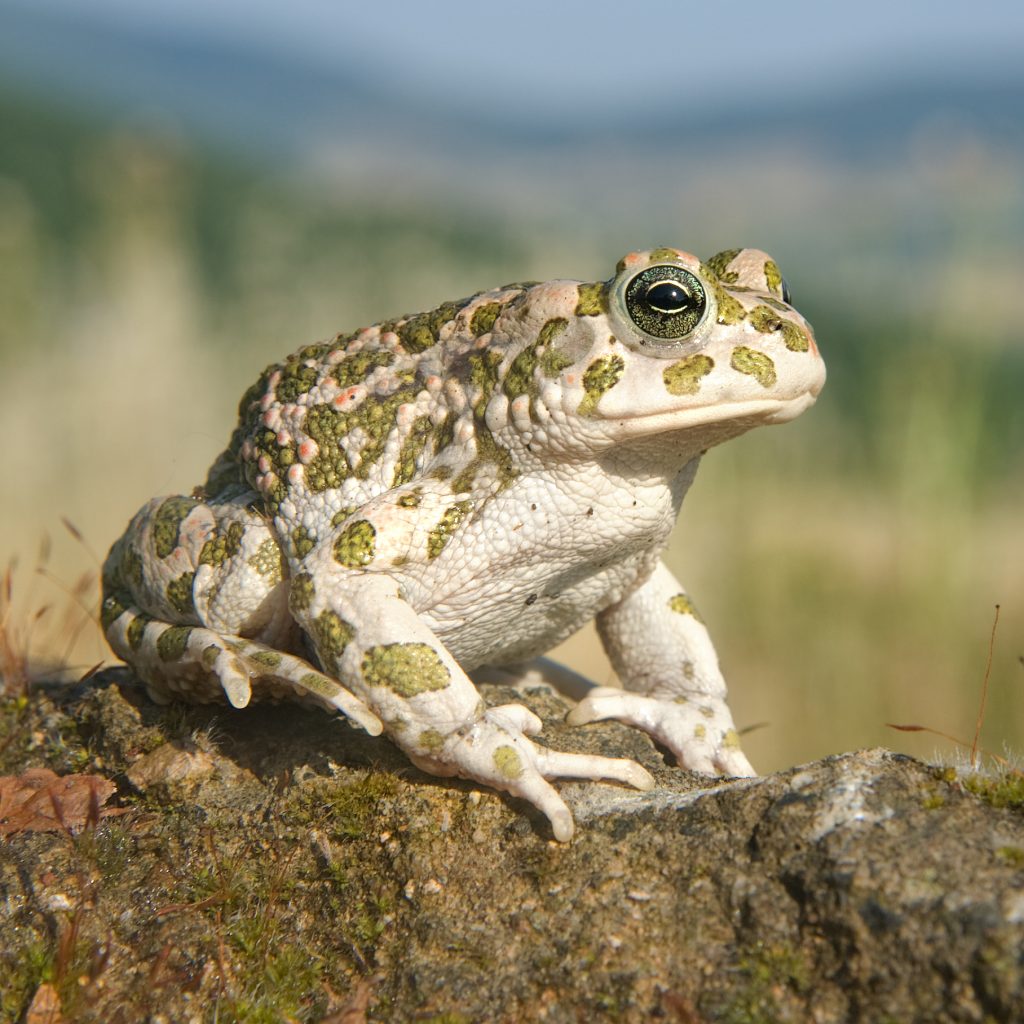
Climate change and species loss are a vise-versa process. Climate Change causes species loss. On the other hand, the decline of species and ecosystems can accelerate climate change, producing a danger that leads to further damage.
Recent role of climate change in disappearance of Amazon bird species
Recently, carbon dioxide emigrations have been potentiated by several anthropogenic processes that result in climate change, directly threatening biodiversity and the adaptability of natural ecosystems.
Researchers and environmentalists have been alarmed by climate change’s recent role in the disappearance of Amazon bird species. Many Amazonian bird species have become either vulnerable or threatened.

- Tropical rainforests are among the most impacted natural realms.
- The Belém endemism center, one of several in the Amazon, is located in the most affected area within the so-called “Deforestation Arc.“
- Also, this region is highly concerned about Amazonian endangered raspberry species, of which 56 are at risk of extermination.
- In this work, we sought to estimate the current and unborn impacts of climate change and deforestation on the distribution of aboriginal catcalls in the Belém Area of Endemism (BEA).
- Therefore, we generated species distribution models for the 16 aboriginal raspberry species considering the current and two unborn gas emigration scripts ( auspicious and pessimistic).
We also estimated climate change impacts on these catcalls in three different disbandment surrounds. Our results indicate that BAE, the aboriginal taxa, will lose a normal of 73 suitable areas by 2050. At least six catcalling species will have a niche of less than 10 or unsuitable in all emigration scripts.
One of the main mechanisms used to alleviate the impacts of climate change on these species shortly is to assess the current system of defended areas. It’s necessary to ensure that these areas will continue effectively conserving these species under climate change.
Adaptations of birds in Amazon due to global heating
The Rio-Capim and the Gurupi Mosaic posts are important because they’re considered climate harborages. Therefore, conservation efforts should be directed at conserving and preserving these two large remnants of foliage and creating ecological corridors between them.
While studying the role of climate change in the disappearance of Amazon bird species, scientists have discovered that hotter, drier conditions over the past four decades are dwindling the rainforest catcalls’ body size while adding their wingspans.
- The changes can respond to nutritional and physiological challenges, especially during the June to November dry season.
- Most species lose an average of two percent of body weight every decade, meaning a raspberry species that would have weighed 30 grams in the 1980s would now weigh an average of 27.6 grams.
- The data wasn’t tied to a specific point but collected from many rainforests, meaning the miracle is ubiquitous.
- The scientists uncovered 77 species whose territories ranged from the cool, dark timber bottom to the sunlit and warmer midstory—the timber’s middle subcaste of foliage.
The catcalls at the loftiest sections of the midstory, which fly most and are more exposed to heat, had the most pronounced changes in body weight and sect sise.
The platoon hypothesized this was an adaptation to energy pressures– for illustration dropped vacuity of fruit and nonentity coffers– and also to thermal stress.
Longer bodies, and a reduced mass-to-sec rate, produce more effective flight– analogous to how a glider airplane with a slim body and long bodies can soar with lower energy.
An advanced mass-to-sec rate requires catcalls to delirium briskly to stay above, using further energy and producing further metabolic heat.
Impact of Climate Change on Amazonian Ecosystem
Climate Change affects the fate of the Amazon forests. Global Warming and Climate Change are negatively impacting the Amazonian Ecosystem. Biodiversity loss and niche destruction are two very obvious results.
As niche destruction trends interact with climate change, the concern is that the Amazon will be caught up in a set of “ feedback circles” that could dramatically speed up the pace of timber loss and declination and bring the Amazon Biome to a point of no return.
- This threshold, pertained to as a tilting point, may occur when Amazonian timbers die and are precipitously replaced by fire-prone encounters and champaign (ecological tilting point). Downfall is inhibited on an indigenous scale (climatic tilting point).
- The climate and deforestation-driven negotiation of timbers to champaign-suchlike and semiarid foliage has been dubbed the Amazon timbers “dieback” (Cox et al. 2000, Cox et al. 2004; Nobre et al. 1991; Oyama and Nobre 2003). While scientists still debate about this conception, some climate-simulation foliage models predict that such bones- a reverse could occur by the end of this century.
For some scientists (Nepstad, 2008), still, this timeframe may be auspicious as these models don’t include land-use change or the synergistic goods of deforestation and indigenous climate change. However, we could face a dire script in which current trends in the beast, husbandry, If these factors were taken into account.
- But scientists are noticing commodities disturbing in the Amazon rainforest-the hydrological machine is beginning to fail. Two significant factors are at play.
- One factor is the El Niño Southern Oscillation (ENSO), a climactic miracle that influences much of the climatic variability in Latin America. Although ENSO events are natural, mortal-forced climate change is anticipated to increase in frequency.
- ENSO is associated with dry conditions in northeast Brazil, the northern Amazon, the Peruvian-Bolivian Altiplano, and the Pacific seacoast of Central America. Meanwhile, southern Brazil and northwestern Peru have displayed surprisingly wet conditions during ENSO events.
- Another factor is deforestation, which dramatically changes downfall patterns and distribution and removes timber cover. These findings indicate that deforestation in the Amazon has formerly altered the indigenous climate. They also support former reports of increased shallow cloudiness over deforested areas.
How has the agricultural pattern recently changed due to climate change?
Agriculture produces a significant amount of GHGs, which contribute to global warming and climate change. However, climate change has far-reaching effects on agricultural production, which will likely pose a future challenge to food security.
Climate change will likely aggravate future food insecurity by raising food costs and lowering food production. As a result of climate change mitigation efforts, food prices may increase as energy prices rise. Due to higher crop water use and drought, water needed for food production may become more scarce. As certain areas become climatically inappropriate for production, competition for land may increase.
Furthermore, extreme weather events related to climate change may cause abrupt decreases in agricultural productivity, resulting in rapid price increases. Due to climatic changes, crop production is expected to decline in many areas during the twenty-first century.

Climate change has formerly affected husbandry, with goods inversely distributed across the world. Unborn climate change will probably negatively affect crop products in low-latitude countries, while goods in northern authorizations may be positive or negative.
Climate change will presumably increase the threat of food instability for some vulnerable groups, similar to the poor. For illustration, South America may lose 1 – 21 of its pastoral land area, Africa 1 – 18, Europe 11 – 17, and India 20 – 40.
Climate Change Impacts on Agriculture
Climate change has affected every phase of the Amazon Rainforest. It affects nature and the agricultural patterns of the Amazon Basin, and the agricultural system must adapt to the new, negatively changing conditions.
Climate change and husbandry are interrelated processes that take place globally. Climate change affects farming in several ways, including through changes in average temperatures, downfall, and climate axes (e.g., heat swells), changes in pests and conditions, changes in atmospheric carbon dioxide and ground-position ozone attention, changes in the nutritional quality of some foods and changes in ocean position.
The Amazon Forest is the lungs of the Earth. But now, the lungs are damaged, and the forest is suffering a lot. The reasons are many. Climate Change affects the fate of the Amazon forests as it affects the agricultural patterns of the Amazon Basin.
- Climate change will vitiate ranch products in numerous poor countries and regions.
- The accelerating pace of climate change and global population and income growth threaten food security everywhere. Agriculture is highly vulnerable to climate change. Advanced temperatures ultimately reduce the yields of desirable crops while encouraging weed and pest proliferation.
- Pest operation is less effective, meaning that advanced rates of fungicides will be necessary to achieve the same situations of control.
- Heat swells can beget extreme heat stress in crops, limiting yields if they do during certain times of the crops’ life- cycle (pollination, cover, or fruit set). This is an apparent understanding of the relationship between Climate change and species loss.
- Also, heat swells can affect wilted shops (due to elevated transpiration rates), resulting in yield loss if not canceled by irrigation.
- Heavy rains frequently affecting flooding can also be naughty to crops and soil structure.
- Most crops can not survive in prolonged doused conditions because the roots need to breathe.
- In conclusion, climate change affects agricultural patterns negatively, changing global food security.
Climate change affects agricultural patterns in many other ways also. Climate changes may also impact the water vacuity and water requirements for farming. However, it’s possible that irrigation requirements could increase in the future If temperature increases and further sporadic downfall events are affected by global warming.
The interrelationship between Climate change and species loss can be observed in the agricultural pattern of the Amazon Basin. In expectation of these climatic changes, factory breeders are presently working to develop new kinds of crops that are considered to be failure tolerant, and more adaptable to varying situations of temperature and humidity.

